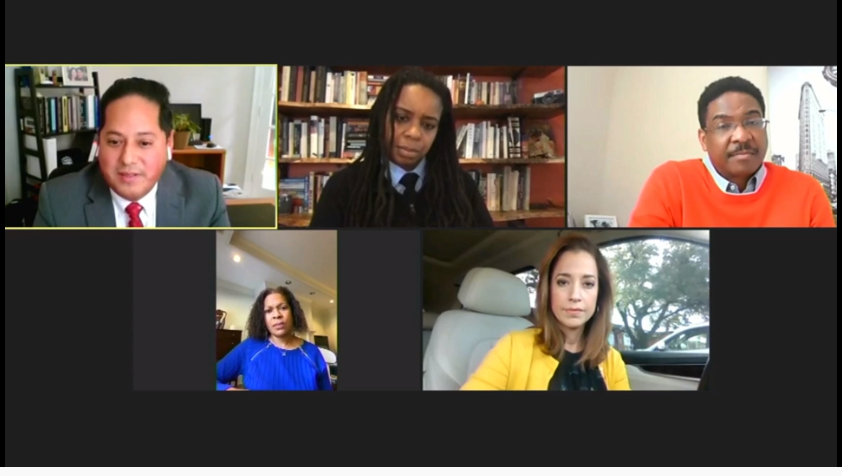News Organizations Must Have a Broad Representation in the Communities They Cover
February 9, 2021 – News organizations must have a broad representation in the communities they cover to reflect perspectives that would otherwise be missed, a panel of journalists said at a communications law conference. It is not enough to simply cover events that involve people of color for divers
Derek Shumway

February 9, 2021 – News organizations must have a broad representation in the communities they cover to reflect perspectives that would otherwise be missed, a panel of journalists said at a communications law conference.
It is not enough to simply cover events that involve people of color for diversity’s sake, heard the virtual conference hosted on February 2 by the American Bar Association. Those covering events should be diverse themselves, and upper management must ensure diversity is being reported, said Johnita Due, senior vice president and chief diversity and inclusion officer at Warner Media News and Sports, who is Black.
Upper management at news organizations needs to already be planning and covering stories about minorities and people of color before major events occur, instead of just following up on stories covering the high-profile deaths of George Floyd, Trayvon Martin, and Breonna Taylor.
Ensuring journalists know the community they are covering will help empower coverage so critical to informing and, in some cases, reforming laws and policies that often negatively harm minority communities. And diversity, equity, and inclusion needs to come from the top of the organization, with leaders who represent the communities they represent, said Anzio Williams, senior vice president of diversity, equity and inclusion at NBC Universal Stations, who is black.
While many stories about diversity exist, it is not always easy to cover them because sometimes people do not believe it is important to cover, said Mireya Villareal, a news correspondent at CBS News.
People too often undervalue their own diversity and wrongfully deem it as unworthy, but their stories do matter, she said. When major stories break that involve diversity, it is still important to have diverse people behind the scenes helping make decisions on what and how to cover such events.
When the Minneapolis Star Tribune was preparing its front page headline the day after George Floyd died, the news organization faced a serious challenge: should the entire photo of Officer Chauvin kneeling on George’s neck be published, or should some of it be cropped? Was it right to partially hide or reveal the entirety of the event?
First, you need to ask yourself if anyone in the community will be injured, or re-traumatized by showing the full photo, said Kyndell Harkness, a photo editor for the Tribune. In the end, her team decided to publish a cropped cut showing only Floyd’s face, and offer in subsequent pages information for readers to go to the news site to watch a full video of the incident.
News organizations are always asking themselves: How can we cover this better? And the answer is having those covering stories be representative of its community, many are saying.










Member discussion